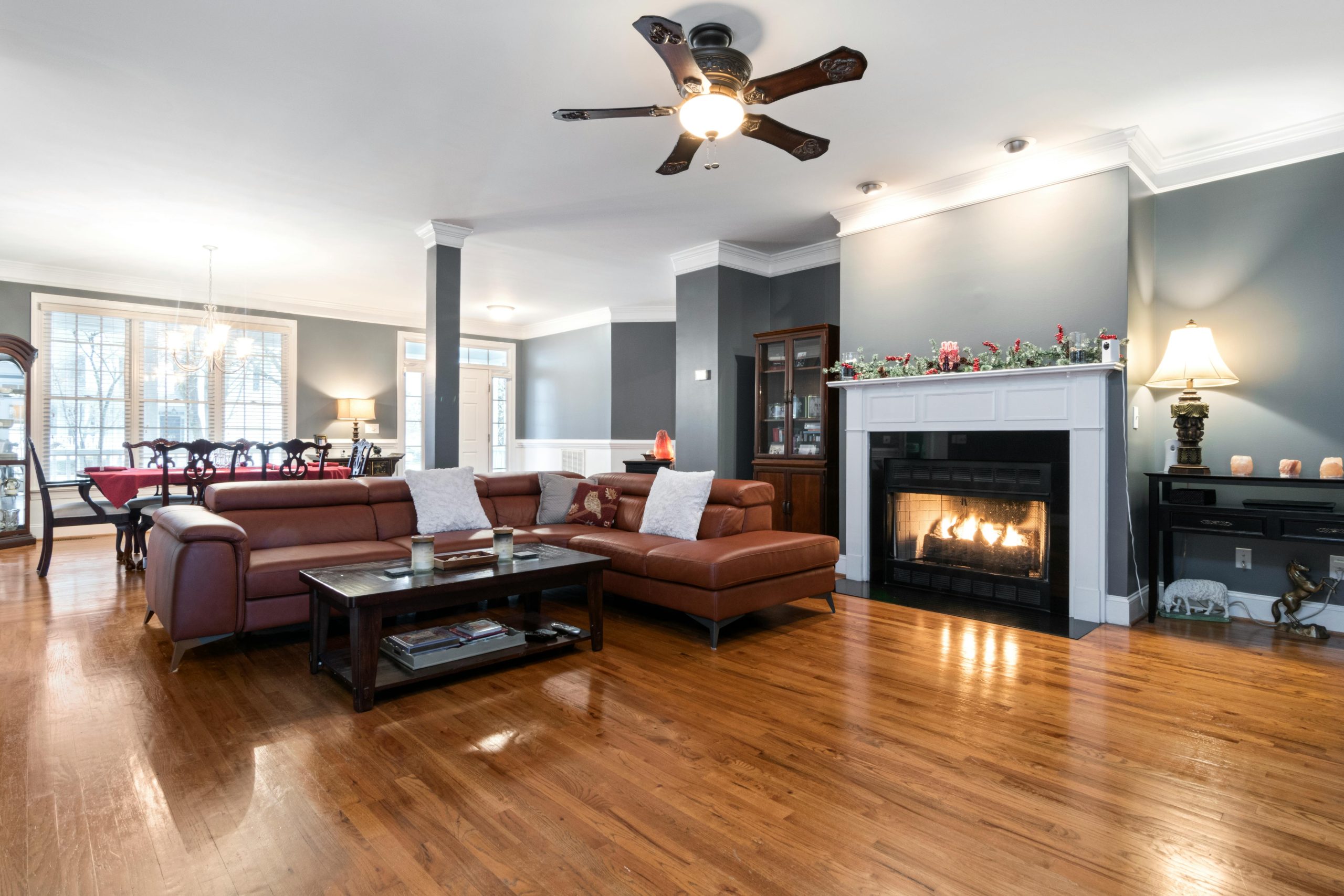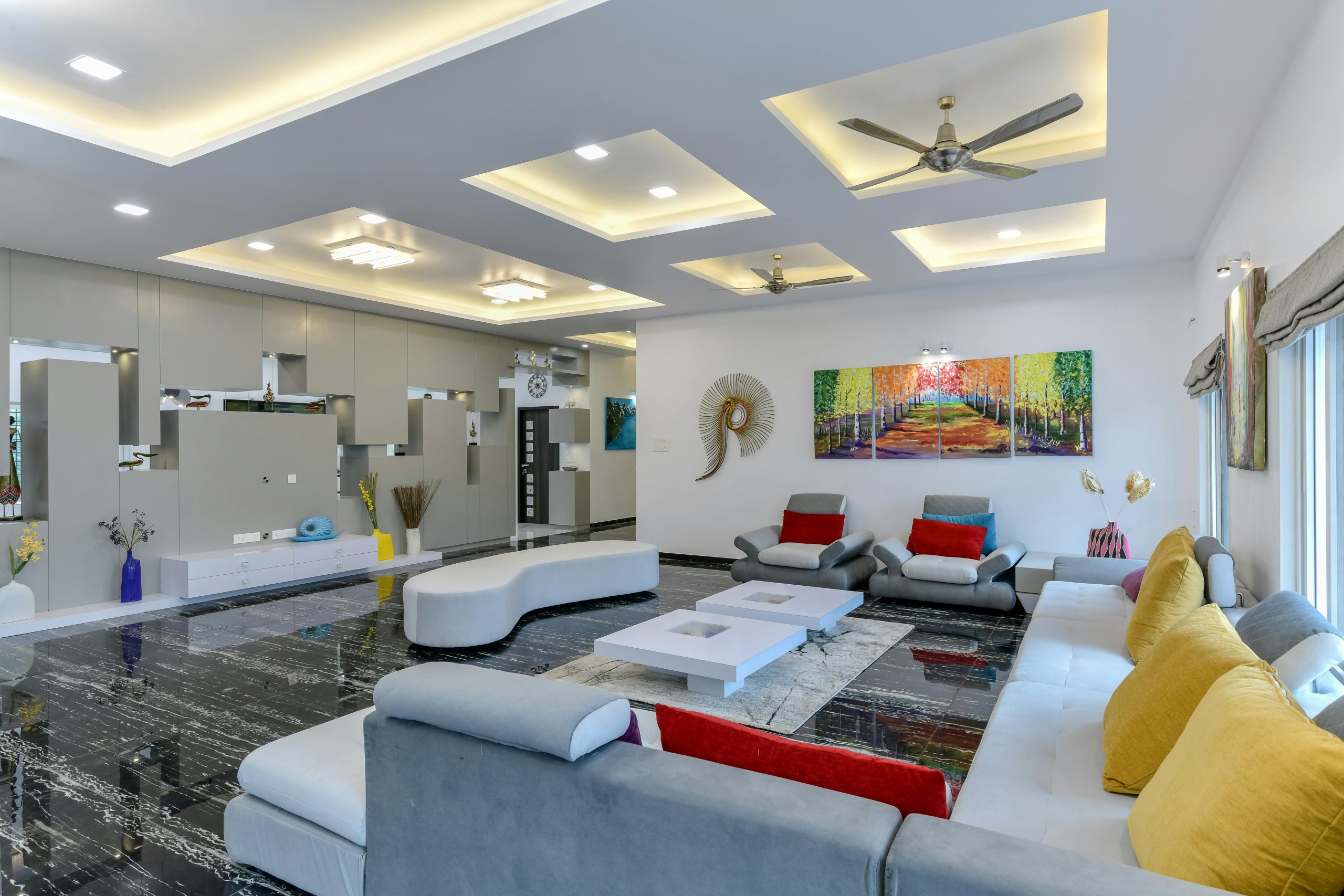Choose the Right Colours for Your Home
More than just a way to decorate your space, paint colours say a lot about your home. It says a lot about your taste and adds personality to every nook and corner. When you’re selecting the paint colours for your home interior, you need to put a lot of thought into it. It doesn’t matter whether you’re revamping a certain area in your home or moving into a brand-new house, selecting a colour palette is something that needs to be given serious consideration. It can make or break the image of your place. If utmost thought does not go into it, you will end up making a mess.
The students at Vogue who are studying our Bachelor’s in Interior Designing course have listed a few tips that can help you choose the right colours for your home.
Hacks to Choose the Best Interior Colour Palette
Assess the Purpose of the Space
In a home different spaces demand different colours. We don’t mean you should end up making your home colourful. However, before you choose a colour scheme, it’s important to take an inventory of the space. Ask yourself how the space is going to be used, what the function of the room is, and who is going to be living there. Knowing this will help you narrow down your colour choices. For example, for a study room, a taupe or grey might work but on the other hand, for a kid’s playroom or bedroom, a pastel shade might work. No matter which paint colour you choose, it should give your space a well-intended look. The colour should match the mood.
Lighting is Top Priority
It’s true that functionality is key to making the most of a space. The lighting a room receives also plays a major role in choosing the right colour for your home. For example, if your home receives a lot of natural light, choose a light paint colour as it can reflect light and make a room appear bigger, spacious and livelier. On the other hand, if your home receives little to no natural light, use darker shades. It will give your room a cosier look with a pinch of brightness. The colour used in a home can change how a room looks throughout the day. In the morning, it might appear cool and bright whereas by afternoon, it may be warmer.
Go with Neutrals
If you’re looking for something that will work in any style, go safe. Neutrals are apt. A lot of people who are confused about choosing an appropriate colour palette turn to neutrals. Think grey, white, off white, taupe, cream, sage, etc. Once you paint your walls with neutral shades, you can play around with the furniture, décor, drapes and accessories. Also, neutral colours are something that will never go out of style. Even after two decades, your home will still look classic.
Consider your Aesthetic
Interior designing is all about achieving the right aesthetic along with functional spaces. You need to narrow down on your style and aesthetic too. You can find inspiration from travel, personal photos and the kind of outfits you wear. You probably buy clothes that match your personality. Thus, when you’re dressing up your home too, take inspiration from your wardrobe. If you’ve already bought some décor, accessories and furnishings, use them as a swatch or inspiration for the perfect colour scheme.
Use the 60-30-10 Rule
When decorating a space, divide the colours accordingly. Follow the 60-30-10 rule. It should be 60 percent of the dominant colour (walls), 30 percent of a secondary colour (upholstery) and 10 percent of an accent colour (accessories). When you follow this ratio accurately, the colours appear properly balanced. You can even insert a pop of colour to break the monotony.
Consider your Interior Design Theme
Another factor you must consider when choosing the paint colour for your home walls is the style/theme of the home. If you’re going in for a traditional look, choose royal colours such as gold, cream, or brown. If you’re going for a contemporary approach, you can choose bold/playful colours including fuchsia, black, peach, or even pastel shades. The modern look can be explored from many angles. If you’re going minimalist, opt for a neutral colour palette. Contrasting colours can also be used if you want to add visual interest to a corner.
Sample your Paints
Lastly, you need to sample your paint colour before getting started on a project. This is perhaps the most important aspect of this process. Certain colours look good in their swatches but don’t look that great on a wall. Several variations occur due to light. View the colour through the day to get an idea of the final outcome. You can even hold the swatch against the furniture to check if it complements it.
Final Words
Selecting the colour palette for your home is more important than you think. Understanding design theories and the colour wheel is important in order to distribute the colour evenly. Even if you’re someone who doesn’t love colours, after doing this project you will start loving them even more. If you’re unsure about how to go about it, seek help from an experienced interior designer.




